What Exactly is Face Serum, Anyway?



Cortney Clift
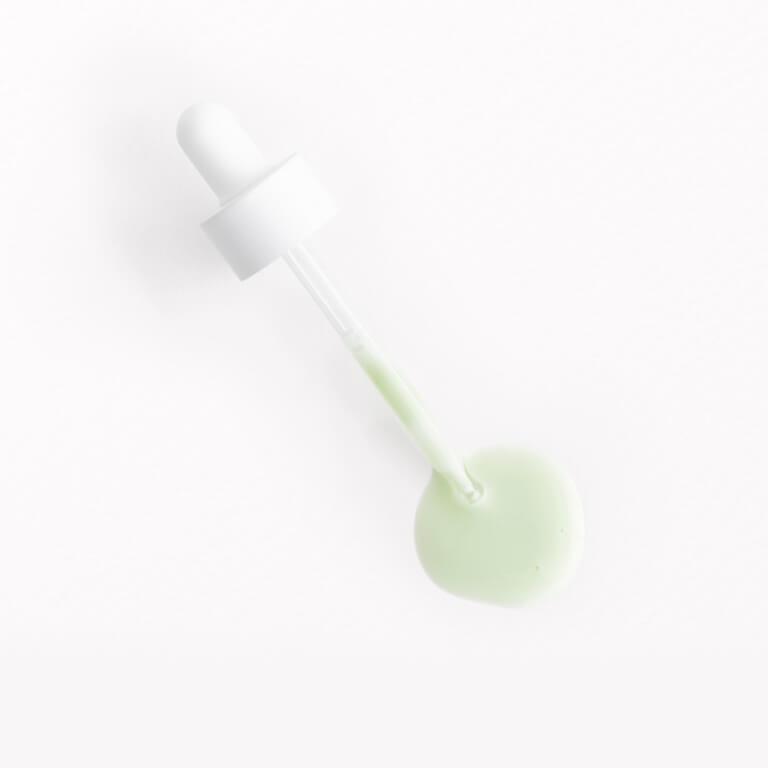

It can be easy to confuse a modern beauty cabinet with a chemistry lab supply closet. As our approach to skincare continues to get more scientific, our routines are being growing to include products like face serums, essences, and ampoules. Admittedly, it takes some effort to become a modern skincare expert, but studying up on all the different ingredients and using your newfound knowledge to create your own customized skincare routine can make a world of difference.
The increasingly popular skincare product that tends to cause the most confusion is face serum. What even is a face serum? Does it do the same thing as a moisturizer? Why are they so small and expensive? Don't worry–we’re breaking down exactly what a face serum is and how it differs from a couple of other products it tends to get confused with, plus a few face serums we’re currently loving.
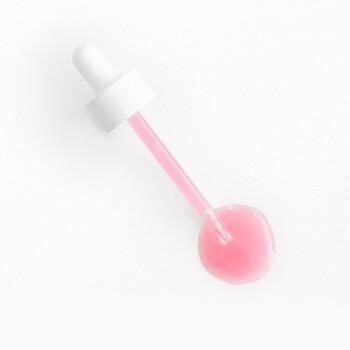
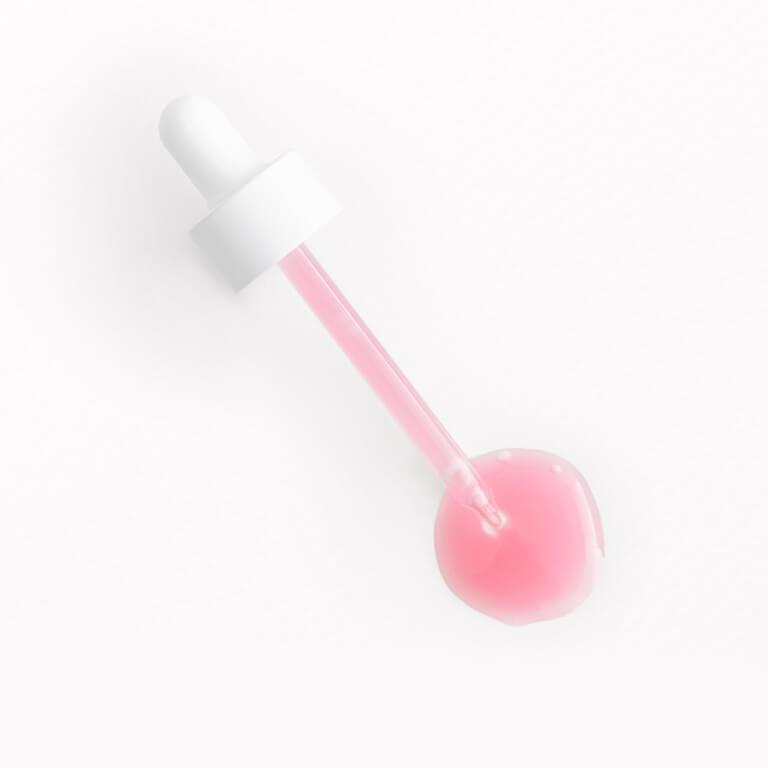
Okay, So What is a Serum?
Face serums contain a high concentration of active ingredients that have been scientifically proven to tackle specific skincare issues (think dark spots, blemishes, free radical protection, etc.). Those actives are usually suspended in a gooey, gel-like substance–this can be anything from water to silicon or even oil.
Because face serums are made up of small molecules and active ingredients, they are especially effective at penetrating the skin and tackling hyper-specific issues. Like 99 percent of skincare products, different serums tackle different skincare woes. Depending on the active ingredients, they can firm, smooth, brighten, improve discoloration, and more.
How is a Serum Different Than a Face Oil or an Essence?
Face serums are often confused with face oils and essences. Are they all the same? No… but also, sort of.
Let’s start with face oils. These are generally different from serums in that they’re always oil-based, but the key distinction between the two is the two products’ varying ability to hydrate skin. Face oils like HANHOO Watermelon Illuminator Daytime Facial Oil are great for hydration and are primarily designed to moisturize. In some cases, they can even replace your moisturizer altogether.
Unlike face oils, serums can only moisturize up to a certain point. However, when a hydrating serum is topped with a moisturizer, you’re basically putting all those hydration capabilities into superpower mode.
Essences are closer in similarity to face serums than face oils are and in some cases, they’re basically the same. The primary difference between the two is that essences tend to have a more fluid texture and are less concentrated than serums. Essences can be a great option if you have super sensitive skin or have experienced trouble with serums in the past. Think of essences as a sort of midway point between a toner and a serum.
In general, all of these products should go on after using a cleanser but before using your moisturizer, but check the label to be sure.
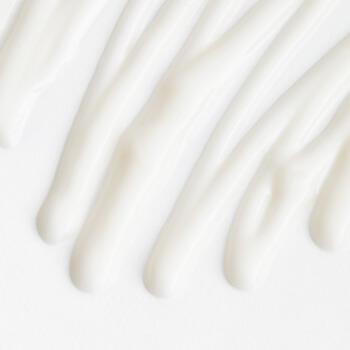

How Often Should I Apply Face Serum?
How often you should apply a face serum depends on your skin type. Be sure to check the label of whichever product you choose, but generally, once a day is a good rule of thumb. Remember, serums may be small but they’re extremely potent. Going overboard can easily result in irritation.
If you use a retinoid or retinol product at night, dermatologists generally recommend you stay away from face serums. You should also pay attention to the product’s shelf life. Usually, serums are good for about six months to a year after they come into contact with air, but again, be sure to check the label to make sure you're getting the most bang for your buck.
Do I Apply Face Serum Before or After Moisturizer?
As mentioned, face serum is usually applied after a cleanser, but be sure to read the label. You can also check out our post on how to build a skincare routine for more info.
What’s the Best Face Serum for Me?
The magic of face serums is that they can get hyper-specific based on what’s best for your specific skin type. There is no “one size fits all” serum. Here's some guidance on what ingredients to look based on the most common skin types and troubles.
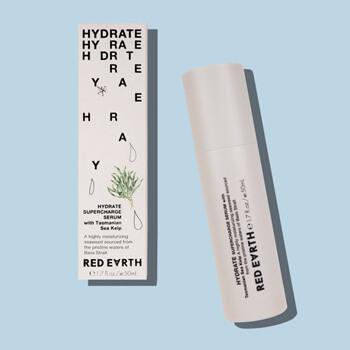
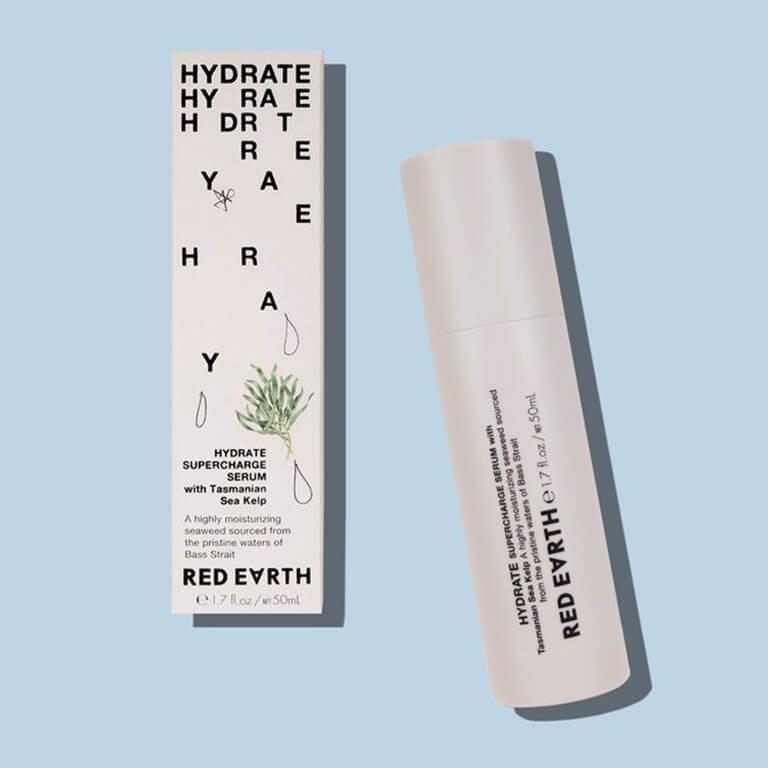
The Best Face Serum for Dry Skin:
People with dry skin should keep an eye out for serums with hydrating ingredients like dermatologist-favorites hyaluronic acid and vitamin E. We’re particularly fond of RED EARTH Hydrate Supercharge Serum with Tasmanian Sea Kelp, which contains sodium hyaluronate, a subset of hyaluronic acid.
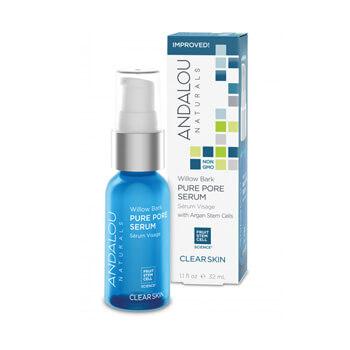
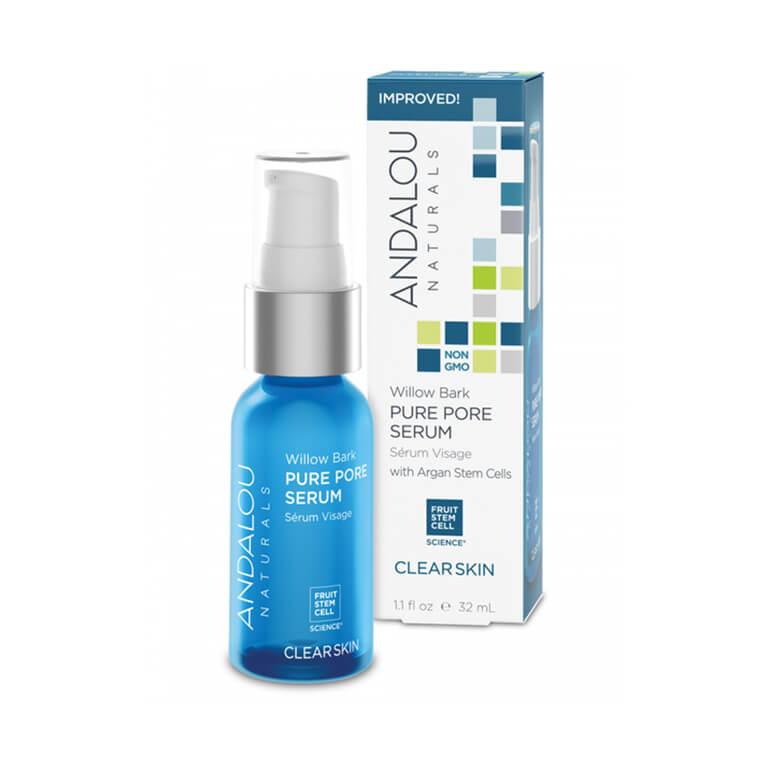
The Best Face Serum for Oily Skin:
While it may seem counterintuitive to apply a gooey, sometimes oily serum to oil-prone skin, the right serum can actually help balance out oil production. Look for serums containing ingredients like willow bark (the ANDALOU NATURALS Willow Bark Pure Pore Serum works a treat), niacinamide, and glycolic acid.
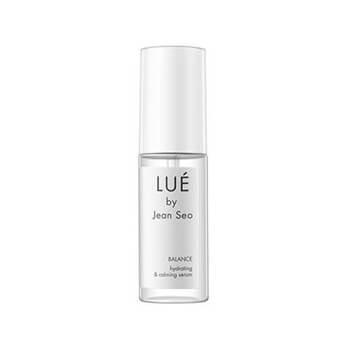
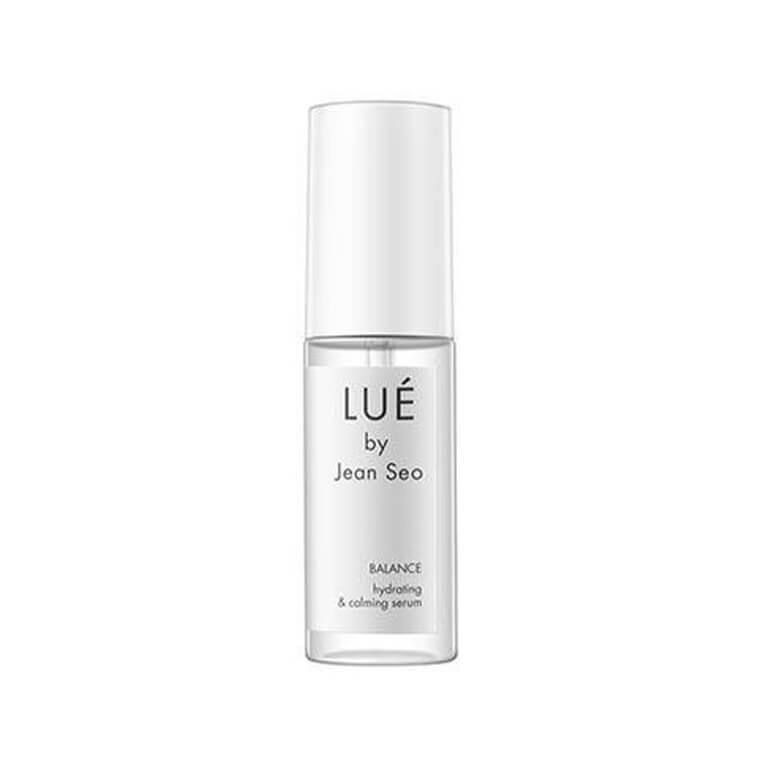
The Best Face Serum for Combination Skin:
Those with combination skin should seek out serums like LUÉ BY JEAN SEO Balance Serum which, like RED EARTH’s serum, contains sodium hyaluronate (hyaluronic acid). Also look for serums formulated with witch hazel, lactic acid, and vitamin C.
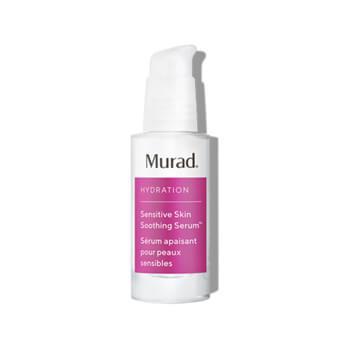
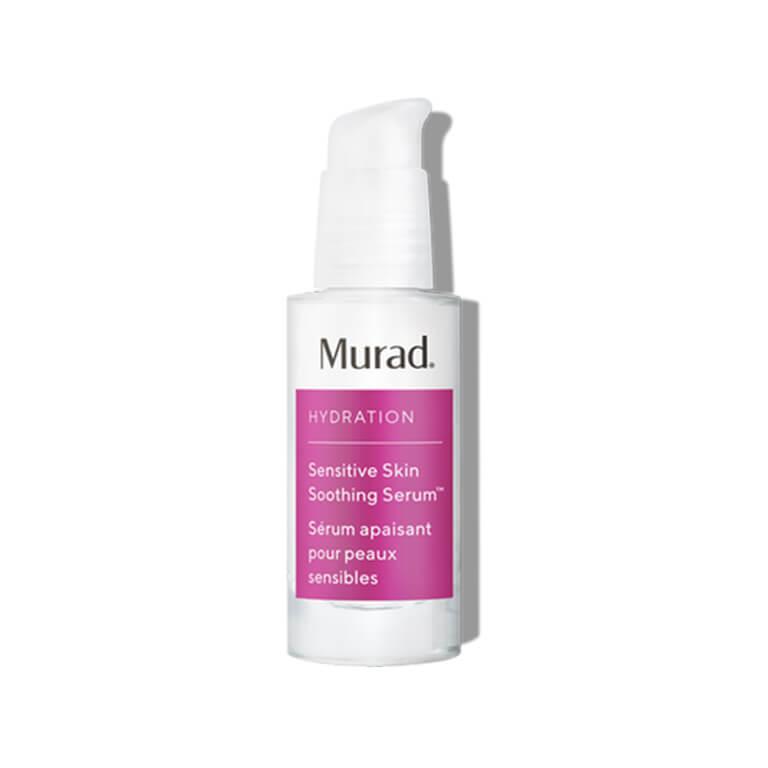
The Best Face Serum for Sensitive Skin:
Because serums are so potent, they can often be tricky for people with sensitive skin. Make sure to look for serums that include soothing ingredients like chamomile, cucumber, lecithin, and hyaluronic acid. Most of these can be found in the MURAD Sensitive Skin Soothing Serum.
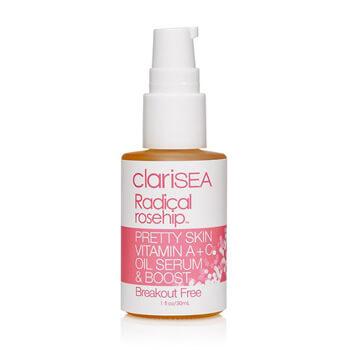
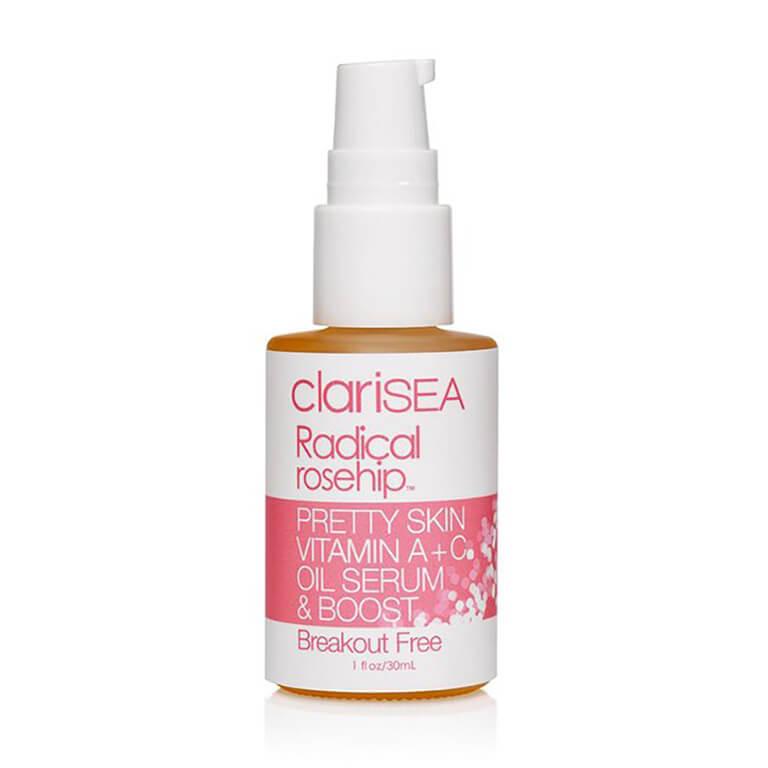
The Best Face Serum for Acne-Prone Skin:
When you’re fighting a breakout, turn to a face serum packed with vitamin C (like the CLARISEA Pretty Skin Vitamin A + C Oil Serum & Boost), tea tree oil, zinc, and salicylic acid. These ingredients can all be super effective in clearing up skin but are also powerful so use conservatively especially if you also have sensitive skin.
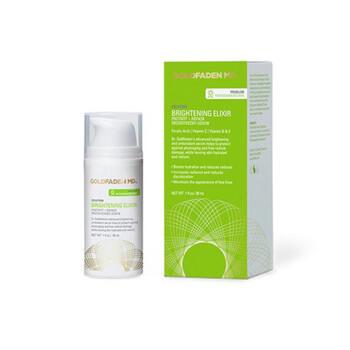
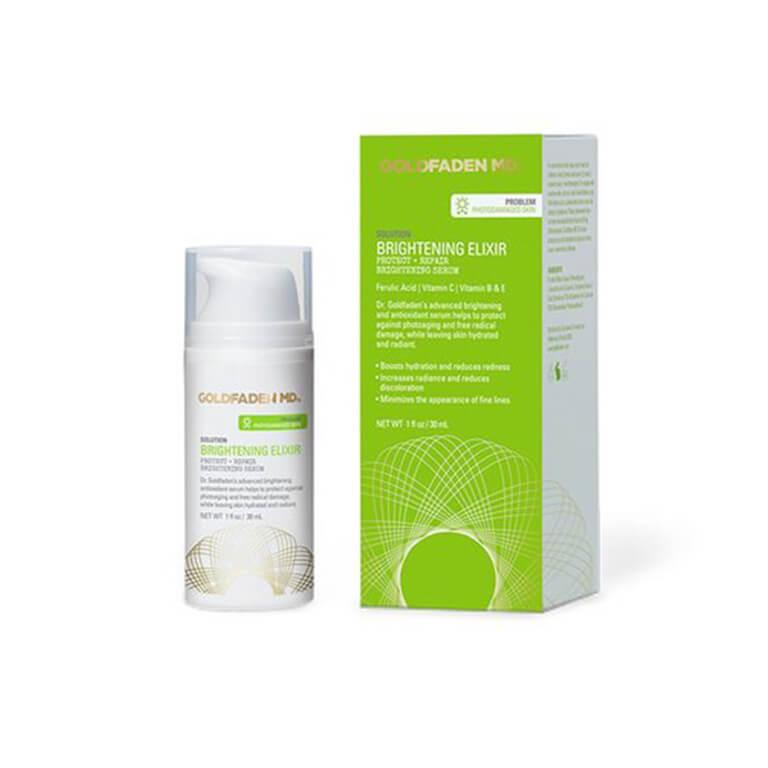
The Best Face Serum for Brightening:
When you’re in need of a radiance boost, look to vitamin C, the most famous active ingredient for transforming dull, lackluster skin. GOLDFADEN MD Brightening Elixir combines this superstar ingredient with other brightening actives like vitamin B and E. For more of our favorites, check out our list of best brightening serums.
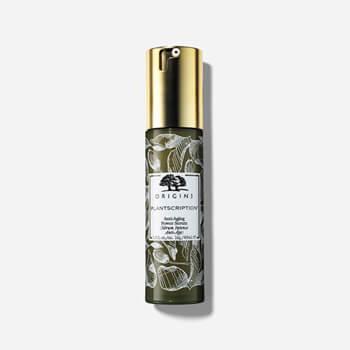
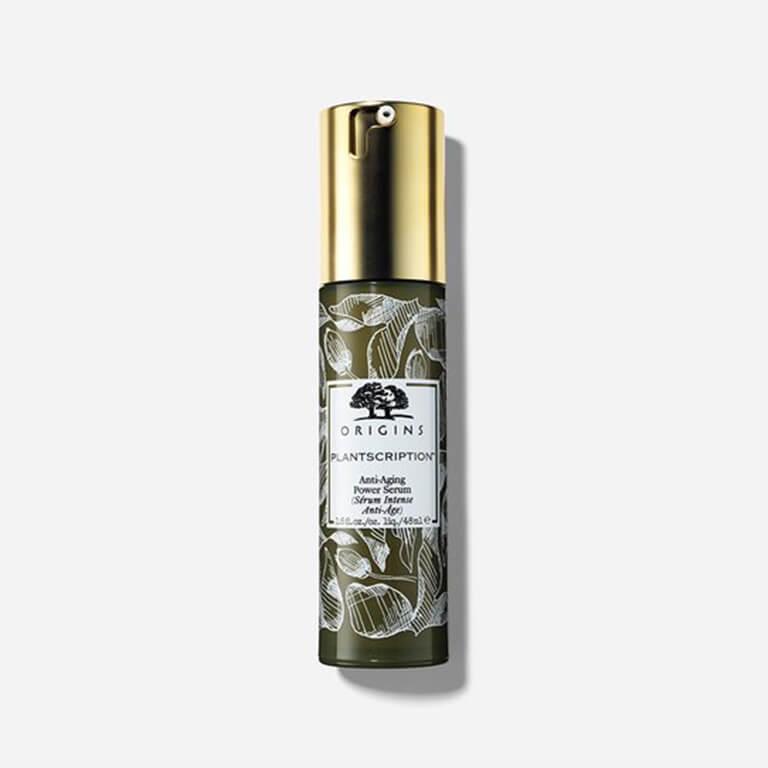
The Best Anti-Aging Face Serum:
Find the right anti-aging serum and Father Time won’t even know what hit him. We love ORIGINS Plantscription™ Anti-Aging Power Serum, which is packed with Anogeissus & Bamboo Power Complex, a unique and super effective combo that reduces fine lines and wrinkles. You can also look for serums with glycolic acid, collagen, caffeine, and green tea extract.


It's about glam time you treated yourself.
Liked this post? Share!
Related Stories


Skin
How to Adjust Your Skincare Routine for Mature Skin in the Winter
Published on Dec 4, 2025 • 7 min read


Skin
Meet the Best Moisturizers for Winter, According to Dermatologists
Published on Dec 1, 2025 • 9 min read


Skin
What Is Inflammaging—and Why Everyone’s Talking About It
Published on Dec 1, 2025 • 8 min read


Skin
6 Skincare Trends to Have on Your Radar in 2026, According to Experts
Published on Dec 1, 2025 • 7 min read


Skin
We Grabbed Our Crystal Ball and Found These 6 Skincare Predictions for 2025
Published on Dec 10, 2024 • 7 min read


Skin
Simple Self-Care Tips That Actually Make a Difference
Published on Nov 13, 2025 • 12 min read


Skin
These 9 Face Scrubs Will Unlock Soft and Smooth Skin on Contact
Published on Nov 5, 2025 • 10 min read


Skin
10 Thanksgiving Foods That Will Have Your Skin Coming Back for Seconds
Published on Oct 15, 2025 • 7 min read


Beauty Picked Just for You
Get 5 products worth up to $70
Plus exclusive access to epic deals up to 80% off
Starting at just $14/month. Cancel anytime.